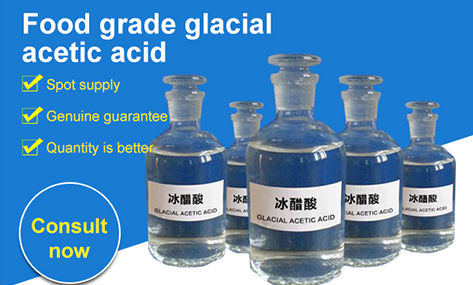
4 月 . 10, 2024 16:12 Back to list
acetic acid glacial acetic acid-Uses of Acetic Acid
Uses of Acetic Acid
Acetic acid is an organic acid. In undiluted form, acetic acid is known as glacial acetic acid. The appearance of acetic acid is that of a colourless liquid. The distinctive sour taste and pungent odour characterize the compound. Composition wise, it can be classified as the second simplest carboxylic acid. Liquid acetic acid solves inorganic salts, sugars, oils as well as elements such as sulphur and iodine. It also mixes easily with other liquids such as water, chloroform and hexane.
Production:
Two kinds of processes are used in the production of acetic acid, synthetic and through fermentation of bacteria. The synthetic process makes up for almost 75% of all the acetic produced. Even though only 10% of the world’s acetic acid is produced by bacteria, it remains an integral process in the industry due to laws about the origin of Food Grade Acetic Acid.
Uses:
• Food Grade Acetic Acid is used in the production of household vinegar. Vinegar is basically diluted acetic acid and usually produced by fermentation and oxidization of Ethanol.
• The manufacturing industry uses acetic acid to make the Vinyl Acetate monomer, which can be later used to create polyvinyl acetate, cellulose acetate, and other compounds, which make up important components in paints and adhesives.
Food grade glacial acetic acid
• Acetic Acid is used in ester production, which is then made into inks and coatings. Various manufacturing processes are used to create these esters. About 15–20% of the world’s acetic acid is used in this process.
• The acid is also used as a solvent in various industrial manufacturing processes.
• The Vinyl Acetate monomer is used in the production of compounds used for making photographic film
• Wood glue also uses polymers made from vinyl acetate.
• Synthetic fabrics and fibres also use compounds made from acetic acid.
• Scale formation on bathroom and kitchen floors and sinks is a major household problem. Diluted acetic acid is also used as a descaling agent in homes.
• Food Grade Acetic Acid is used in the food industry. Acetic acid finds its use as an acid regulator in foods and as a condiment. Countries such as Canada, USA, Australia and the European Union all allow the use of acetic acid under specific guidelines.
• Physiotherapy also makes use of diluted acetic acid in the form of Iontophoresis, a process used to deliver medicines through the skin. This non-invasive process is like giving an injection, but without the hassle of a needle.
• The field of biochemistry uses the acetyl group extensively. When bound to the coenzyme A, the products made from acetic acid are important metaboliser of carbohydrates and fats.
Chemically, acetic acid is classified as a weak acid. However, if it touches the skin in concentrated form, it can attack the skin and can be corrosive. It can also cause permanent damage to eyes and irritate the mucous membranes. Special gloves made of nitrile rubber are necessary while handling concentrated acetic acid, as latex gloves are not useful. Glacial acetic acid also leads to tissue destruction, if the skin comes in contact with it for prolonged periods of time.
While vinegar is fairly harmless, any other solutions with higher concentration of acetic acids can lead to a change in the acid balance of the body of humans and animals, which can prove to be fatal, even destroying the digestive system.

